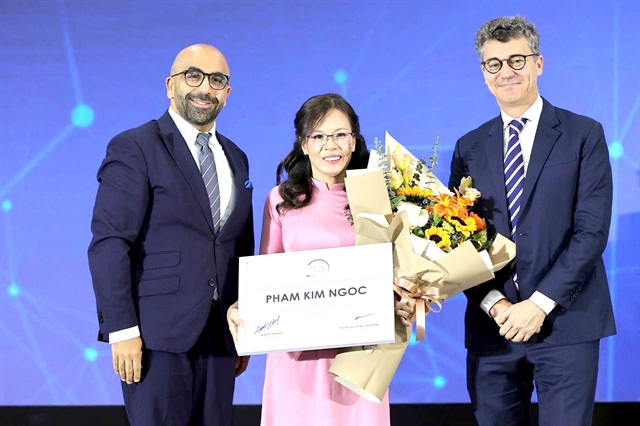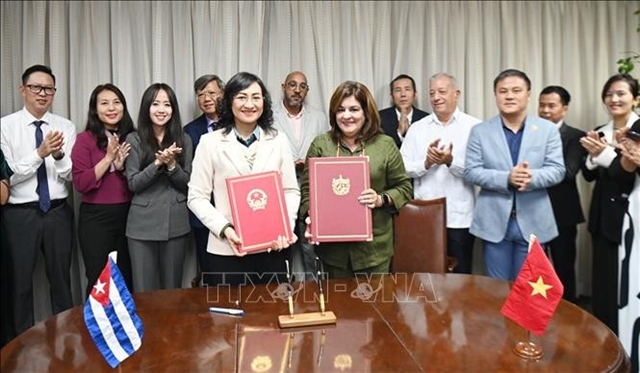.jpg
Africa Finance Corporation (AFC)) Media-OutReach Newswire
Media-OutReach Newswire




| Name & Description | Price (HKD) |
| "I'm a Collector" "I'm a Collector" was created in response to the hype surrounding "Art Month," where the spotlight often highlights the exclusivity and glamour of art collecting at fairs. In contrast, this work turns attention to the city's elderly "cardboard grannies," who collect cardboard and tin cans to resell, just to make ends meet. Often well past retirement age, these individuals work outdoors year-round, exposed to harsh weather as they push heavy metal carts loaded with their "collections" through back alleys, steep streets, and traffic-heavy roads. The works shine a light on their quiet resilience, documenting a raw, overlooked reality while questioning societal values around labor, dignity, and what it truly means to "collect." | HKD30,000 |
| The Coin Series: "1kgdp" "1kgdp" highlights the challenges faced by cardboard grannies during periods of economic instability. Inspired by the drop in street-recycled cardboard prices to HK$0.5 per kilogram in previous years, the design captures the impact of external factors such as China's ban on importing certain types of waste and disruptions in Hong Kong's wastepaper export industry. Each 50-cent coin weighs 1 kilogram and features a large-scale design with a diameter of 62 centimetres. Like its predecessor, it is crafted using three types of paper—cardboard, A4 paper, and newspaper. It symbolizes the ongoing struggles of the cardboard grannies and the precarious nature of their livelihoods. | HKD26,000 |
| The Coin Series: "Spare Charge" "Spare Change" reflects the struggles of Hong Kong's cardboard grannies, who collect and sell cardboard as a means of survival. The design draws inspiration from the average price of cardboard in earlier years, when it was sold for HK$0.7 per kilogram. To symbolize this, each edition consists of seven 10-cent coins with a total weight of 1 kilogram. Crafted from materials commonly collected and resold by the grannies—cardboard, A4 paper, and newspaper—the coin serves as both a tribute to their daily efforts and a reflection of how seemingly insignificant contributions play a vital role in sustaining livelihoods. | HKD10,400 |
| "So.call Mobility" "So.call Mobility" (a play on "social mobility") features 180 cardboard pillows suspended in six layers. The number 180 symbolizes the maximum days homeless individuals can stay in temporary shelters in Hong Kong, after which they face immense challenges finding housing due to high rents. The increasing gaps between the layers represent the widening wealth gap and diminishing social mobility. | HKD500 each pillow |
| "Shelter" "Shelter" draws inspiration from the intricate nests of weaver birds to explore the concept of home. In nature, nests symbolize safety and stability—the desire for which is a universal instinct shared across species. Yet for humans, particularly in Hong Kong, the idea of home is often overshadowed by challenges such as skyrocketing property prices and economic struggles. The nests in this installation are crafted from plastic straps commonly used by cardboard grannies to secure and bundle cardboard. These humble materials, repurposed into intricate forms, highlight the resilience and resourcefulness of those on society's margins. The installation features 14 "Shelters," representing the number of government-recognized temporary shelters available for homeless individuals in Hong Kong. It serves as both a reflection on these physical spaces and a call to confront the city's growing housing crisis. | HKD24,000 |
| 《同人》 《同人》 is a wordplay based on the Cantonese phrase 同人唔同命. Created for Art Month, this piece mimics paintings sold at auction houses by recreating them directly onto cardboard. Once the painted layer is torn off, it reveals the message "Sold for HK$0.5/kg" to the audience—a powerful commentary on the local and global wealth gap. | HKD4,550-HKD6,550 |
The issuer is solely responsible for the content of this announcement.
Evangelical Lutheran Church Social Service – Hong Kong (ELCSS-HK) is one of the largest non-governmental organizations in Hong Kong, established in 1976. With an innovative, caring, and people-oriented approach, ELCSS-HK provides integrated services to grassroots communities and disadvantaged individuals. Currently, the organization operates more than 60 service units and 50 special projects throughout the territory, serving over two million headcounts annually. ELCSS-HK offers a wide range of services spanning small children, the elderly, families, schools, and the employment sector.
YWAM Tuen Mun is a charity dedicated to providing holistic care to the marginalized and neglected in Hong Kong. Their diverse team operates a food bank that supplies food assistance to a large network of charities in the city while also going to the ground to serve the elderly-at-risk, cardboard collectors, and street sleepers. Through interactive programs, the organization promotes social integration, fostering connections and support among vulnerable members of society. Additionally, YWAM Tuen Mun engages local community members through poverty awareness programs and volunteering opportunities, fostering understanding and compassion for those in need and empowering them to serve.
Go Hung is a Hong Kong-based artist known for his innovative use of cardboard and other materials collected from the streets. With a background in Digital Arts (BA, MA) from the University of West London and Camberwell College of Arts, he creates thought-provoking sculptures and installations that often return to the streets for public viewing. His works critique consumerist waste while addressing pressing social issues in Hong Kong and beyond. Described as "Hong Kong's most versatile conceptual artist" and "Hong Kong Warhol," Go Hung's art has been exhibited globally, including in Brazil, China, Denmark, Iceland, and the UK.


.jpg)
.jpg)
.jpg)